Introduction to Concrete Gravity Dam Design
Post-tensioned concrete gravity dam design involves engineering structures that counteract water pressure and other forces primarily through their mass, enhanced by post-tensioning methods. In this design, high-strength steel tendons are embedded in the concrete and tightened after the concrete has set. This technique not only boosts the dam’s structural robustness but also significantly improves its efficiency, particularly in earthquake-prone regions. By incorporating post-tensioning, the concrete gravity dam design ensures extra strength and stability, enabling the dam to withstand various stresses, including seismic activity, more effectively.
Is the Analysis of Post-Tensioned Concrete Gravity Dams Important?
Accurate modeling and analysis are crucial in the field of concrete gravity dam design. These dams often face seismic forces, making precise modeling essential to understanding their behavior and ensuring safety and stability.
In concrete gravity dam design, it’s important to analyze potential failure modes, such as weak joints and anchor-structure grouting interfaces, to help engineers create more resilient structures and prevent catastrophic failures. Furthermore, these dams often feature complex geometries and loading conditions, so accurate modeling during the design phase is critical for understanding how these factors influence overall dam performance.
From another perspective, detailed analysis within concrete gravity dam design can lead to optimized designs that not only enhance performance but also reduce costs associated with over-engineering. Additionally, meeting regulatory standards often requires accurate modeling and analysis to ensure the dam can withstand extreme events. By thoroughly understanding the dam’s behavior through precise models, engineers can also develop effective monitoring and maintenance strategies, which are vital for prolonging the dam’s lifespan.
In summary, concrete gravity dam design relies heavily on precise modeling and analysis to ensure safety, reliability, and efficiency.
Using Experimental Methods for the Analysis of Concrete Gravity Dams
Many engineers use experimental techniques to analyze and refine concrete gravity dam design. These methods might include shake table tests that simulate seismic conditions to observe the dam’s behavior under various loading scenarios. Such experiments are invaluable for validating analytical models and gaining insights into the performance of concrete gravity dam design, particularly when assessing failure modes and the impact of design modifications. When combined with numerical simulations, these experimental approaches significantly enhance the overall understanding of the dam’s structural integrity and effectiveness.
However, experimental methods in concrete gravity dam design have their limitations. For example, physical models may not fully capture the behavior of full-scale dams due to scaling issues, which can impact the accuracy of results. Additionally, conducting experiments on large structures like dams can be expensive and time-consuming. Simulating real-world conditions, such as varying soil properties, water levels, and environmental factors, presents challenges in a controlled experimental setting.
These limitations highlight why integrating experimental methods with numerical simulations is essential for a more comprehensive approach to concrete gravity dam design.
Numerical Simulation of Concrete Gravity Dams
Numerical simulations provide several advantages over experimental methods, especially in the analysis and design of post-tensioned concrete gravity dams. Firstly, numerical simulations can be more cost-effective than physical experiments, as they do not require materials, construction, or extensive testing setups. Additionally, simulations can be performed more quickly, enabling rapid analysis and design iterations. Furthermore, numerical methods can accurately model complex geometries, loading conditions, and material behaviors that may be challenging or impossible to replicate in physical experiments.
From another perspective, simulations allow for easy variation of parameters (e.g., material properties, loading conditions) to examine their effects on the dam’s performance without needing multiple physical models. Additionally, numerical simulations can be conducted without the safety risks associated with physical testing, especially under extreme loading conditions. Simulations can also provide detailed information about stress distributions, displacement patterns, and failure mechanisms, which are often difficult to measure accurately in experiments. Numerical methods effectively capture non-linear material behavior and complex interactions that may occur in real-world scenarios. Moreover, they can be used to study long-term performance and behavior under various conditions over time, which may be impractical in experimental setups.
Overall, numerical simulations complement experimental methods, offering a powerful tool for understanding and optimizing the design of post-tensioned concrete gravity dams.
Using Abaqus for the Simulation of Concrete Gravity Dams
Abaqus is a powerful tool that simplifies the use of FEM for simulating various problems. In the context of post-tensioned concrete gravity dams, Abaqus provides an efficient numerical approach for seismic analysis. The advantages of using Abaqus include a detailed understanding of structural behavior under seismic conditions. Additionally, numerical simulations with Abaqus can be more cost-effective and faster than experimental methods.
Abaqus can handle complex issues, such as those involving multiple inclined anchors and weak joints, and allows for parameter variations to study different scenarios. Furthermore, these simulations reduce the safety concerns associated with physical testing and offer comprehensive insights into the non-linear behavior of materials, while also facilitating long-term analysis of structural performance.
Overall, Abaqus complements experimental methods, providing a thorough approach to analyzing and designing post-tensioned concrete gravity dams.
The UEL Subroutine
The UEL (User Element) subroutine is essential for analyzing post-tensioned concrete gravity dams because it introduces the scaled boundary finite element method (SBFEM) through user-defined elements in Abaqus CAE. This subroutine offers several benefits. Firstly, UEL provides greater flexibility in mesh creation for bounded domains, crucial for accurately modeling the complex geometries of dams. It also simplifies the process of inserting anchors and establishing their interactions without needing special mesh generation treatments. Additionally, UEL allows for easy local mesh refinement in areas with high-stress gradients, such as around anchor heads and tendon bond lengths, which is vital for capturing critical stress responses.
Overall, the UEL subroutine enhances Abaqus’s ability to conduct detailed and accurate analyses of post-tensioned concrete gravity dams.
Is Using Abaqus for the Simulation of Concrete Gravity Dams Challenging?
Using ABAQUS to simulate post-tensioned concrete gravity dams can be challenging. This is due to the complexity of the structures and their interactions. Some of these challenges include the need for precise mesh generation and modeling techniques to handle the intricate designs of post-tensioned dams. Additionally, capturing the non-linear behavior of materials and interfaces, such as bond-slip interactions at anchor-structure grouting interfaces, can be complex. Modeling interfacial behavior, including the cohesive friction of weak joints, demands advanced techniques and a deep understanding of material properties. Accurate seismic analysis also requires comprehending the dynamic responses of the structure under varying seismic conditions.
Despite these challenges, Abaqus offers significant advantages for concrete gravity dam design, including robust contact modeling schemes and sophisticated cohesive elements. These features effectively address the complexities involved in analyzing and optimizing concrete gravity dam design.
What Is the Focus of This Project?
The project examines the seismic analysis of post-tensioned concrete gravity dams using ABAQUS with the UEL subroutine. The key aspects of the analysis include:
- We have validated the accuracy of the proposed method. To do so, we compared seismic analysis results of Manly dam with those from a model using ABAQUS’s standard elements.
- The study showcases the method’s effectiveness in addressing complex issues. For example, we can refer to dams with multiple inclined anchors and three lift joints.
- The project highlights the significance of weak joints and anchor-structure grouting interfaces. These are crucial to the dam’s structural integrity.
These points underscore the project’s contribution to understanding the seismic performance and analysis of post-tensioned concrete gravity dams.
Results
The project explores the transient analysis results by comparing them with pseudo-static analysis results derived from the ABAQUS model. The following aspects are specifically examined:
- The analysis includes curves depicting the relationship between cable force and relative displacement at the dam crest and heel.
- The study examines curves showing the relationship between proximal end extension and relative displacement at dam crest and heel.
- The findings reveal that dynamic results are generally slightly lower than the pseudo-static curve, especially after the dam reaches peak deformation. This indicates partial debonding and a loss of pre-stressing in the post-tensioned anchors.
These results offer valuable insights into the dam’s behavior under seismic loading conditions.
Validation
We confirm the accuracy of the proposed approach by conducting a seismic analysis of the Manly dam. Moreover, we have compared the results with those from a model using ABAQUS’s built-in elements. This validation highlights the method’s effectiveness in addressing complex issues related to the analysis of post-tensioned concrete gravity dams.
Who Benefits from This Project?
The project offers valuable insights for researchers and professionals in civil engineering. Especially, it is valuable for those specializing in dam engineering, seismic analysis, and structural integrity. It sheds light on the challenges and methodologies involved in analyzing post-tensioned concrete gravity dams. So the project can enhance design practices and deepen the understanding of these structures behavior under seismic conditions. Furthermore, it serves as a useful resource for academics and students engaged in advanced structural analysis techniques. Moreover, the project completely guide you through the finite element modeling of dams, as presented in the following paper.
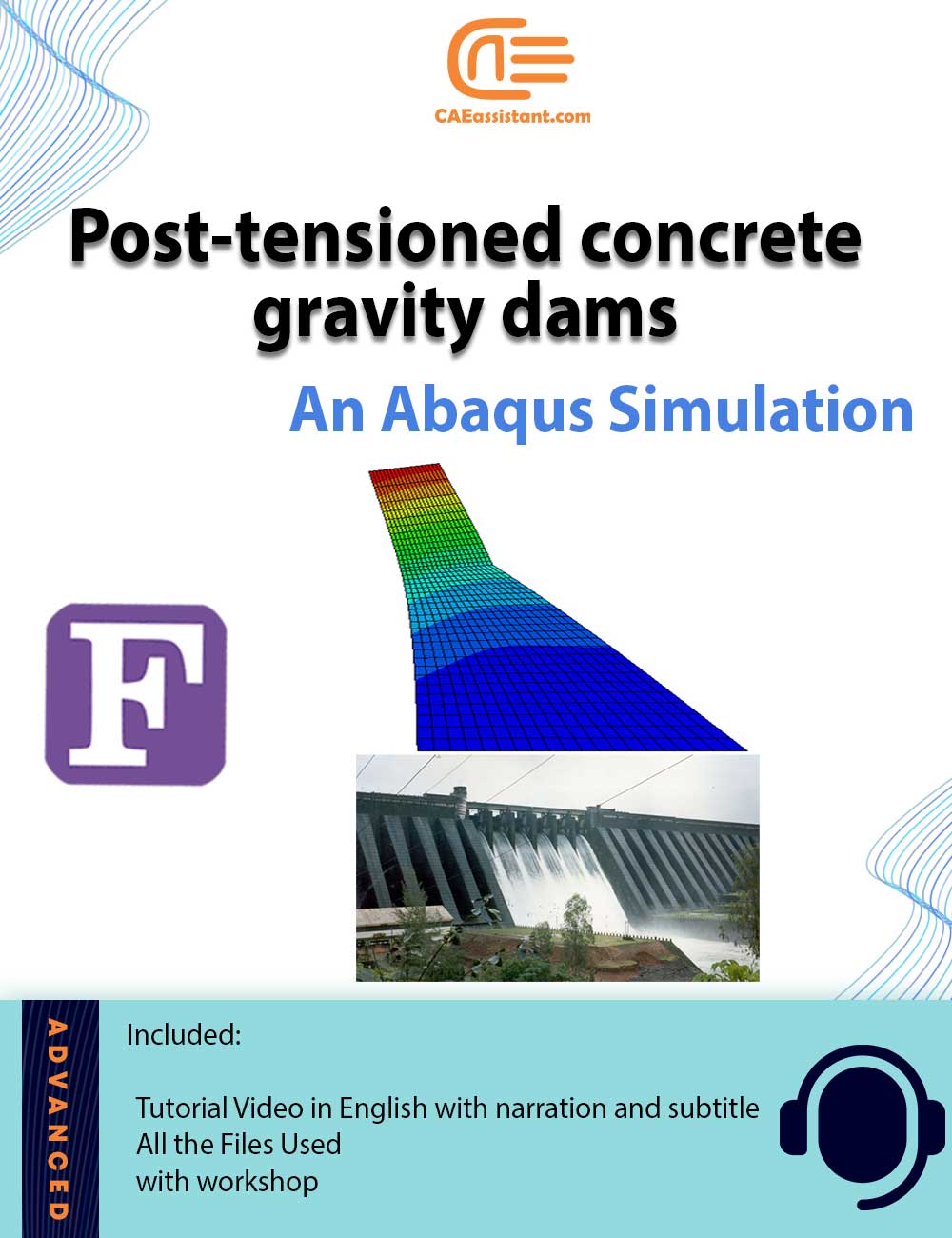
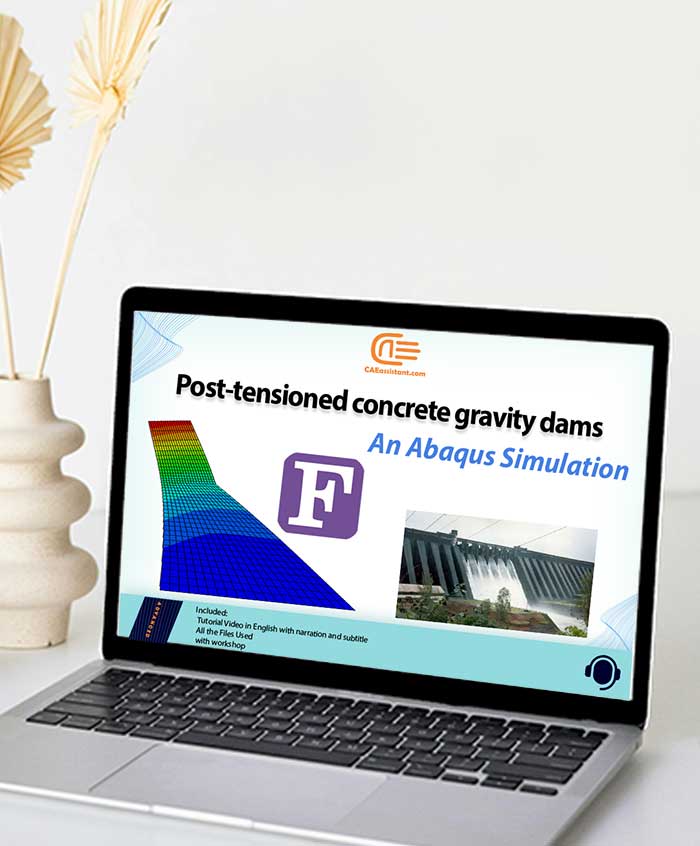
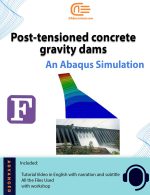
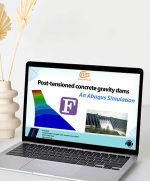
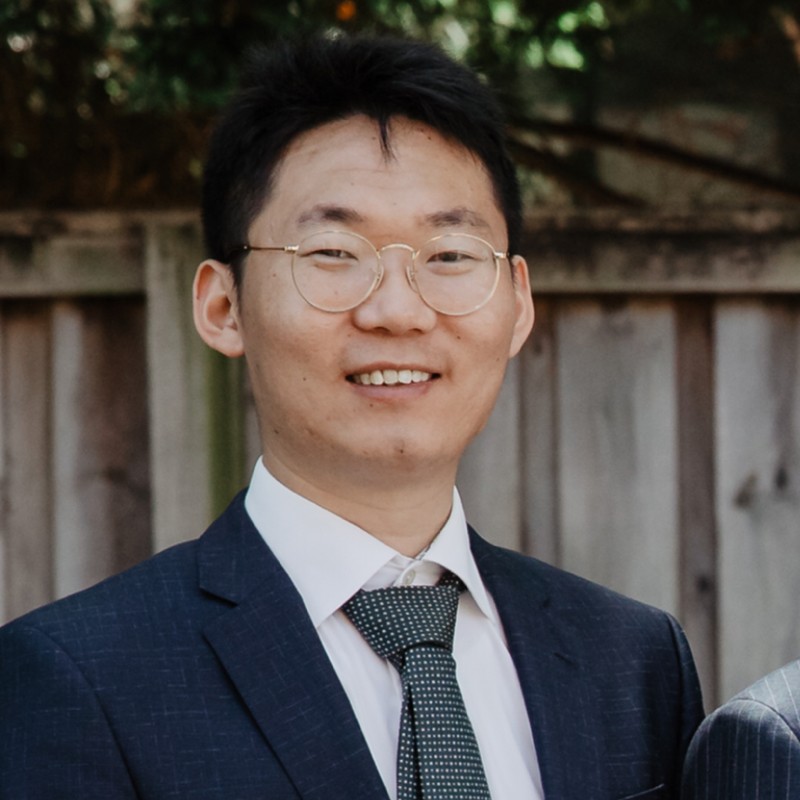
Reviews
There are no reviews yet